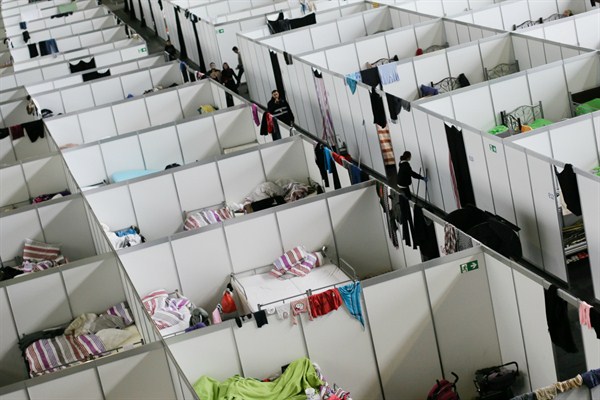BERLIN, Germany—One year on from a historic wave of migration to Germany, a myriad of challenges remain. And the stakes are high, not only for Angela Merkel’s increasingly unpopular chancellorship. In July, the first Islamist-inspired attacks by asylum-seekers on German soil trained an international spotlight on the country’s efforts to integrate more than a million new arrivals.
Last year’s chaotic scenes, which saw hundreds of thousands of asylum-seekers and migrants cross German borders within a few months, have long since given way to a more sober approach. Responding to a perceived shift in public mood after foreigners attacked women in Cologne on New Year’s Eve, Merkel’s government tightened asylum laws and largely regained control over the numbers of incoming migrants.
But now the real work is beginning. In many sectors, the herculean task of integrating so many, so fast, is only just hitting home. The latest solution, a so-called integration law, requires asylum-seekers to assimilate or face the consequences. One of its more controversial measures forces newcomers to learn German and attend mandatory integration courses, or risk having their benefit payments cut.

